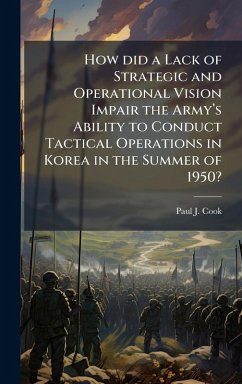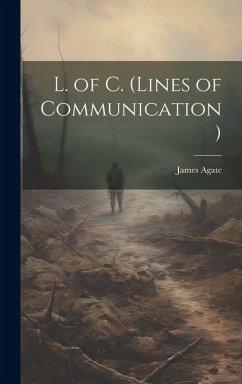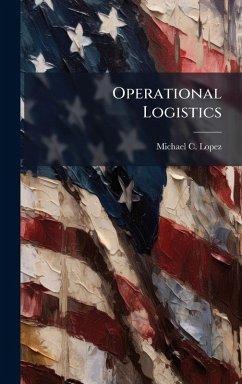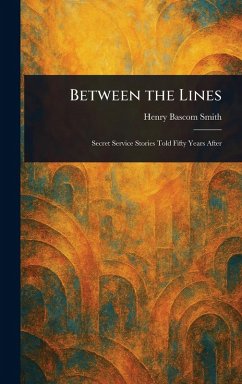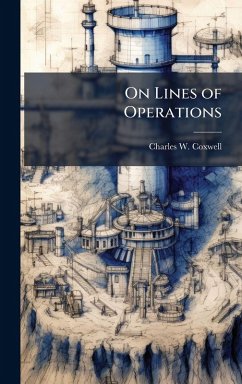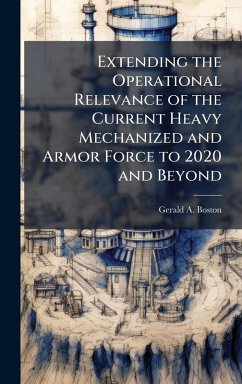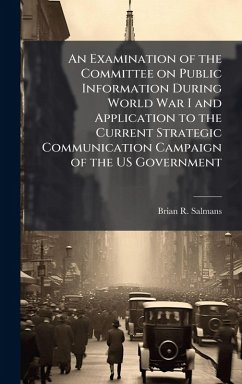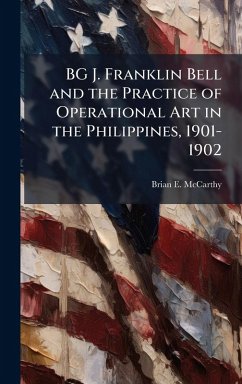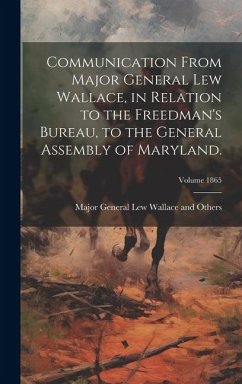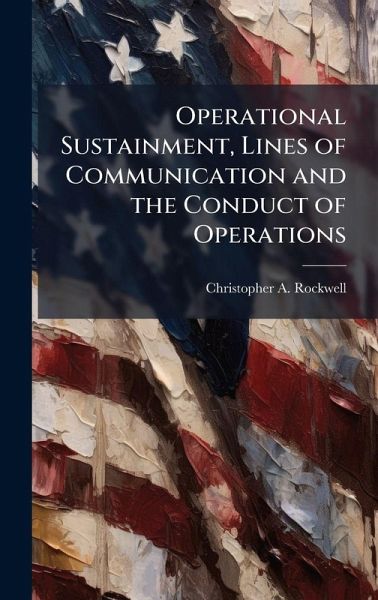
Operational Sustainment, Lines of Communication and the Conduct of Operations
Versandkostenfrei!
Versandfertig in über 4 Wochen
28,99 €
inkl. MwSt.
Weitere Ausgaben:

PAYBACK Punkte
14 °P sammeln!
This study examines the influence of operational sustainment, which includes lines of communication, on the conduct of major operations. After a definition of terms, two historical examples are analyzed, the impact of time and space on the conduct of operations - which includes sustainment - is examined, changes since the historical examples are placed in historical perspective, and conclusions and implications drawn. The two historical examples used are MacArthur's return to the Philippines and Slim's return to Burma. In both cases, operations were conducted at the terminus of extended strate...
This study examines the influence of operational sustainment, which includes lines of communication, on the conduct of major operations. After a definition of terms, two historical examples are analyzed, the impact of time and space on the conduct of operations - which includes sustainment - is examined, changes since the historical examples are placed in historical perspective, and conclusions and implications drawn. The two historical examples used are MacArthur's return to the Philippines and Slim's return to Burma. In both cases, operations were conducted at the terminus of extended strategic and operational lines of communication. In addition, those lines were restricted by the nature of the geography over which their operations unfolded. In MacArthur's case, the Pacific Ocean became his highway, while in Slim's case, he was forced to reduce sustainment to the minimum due to his operating over very tenuous and restricted LOCs. Time and space are the common bonds between operations throughout history and, despite changing technology, will continue to be the factors which commanders must operate within. The capability to improve performance and to compress the time/space continuum assists in the conduct of operations. The conclusions reached are as follows: Logistics is operations; That although technology has improved our ability to compress the time/space continuum, the areas we will most likely fight in are unimproved theaters where technology's impact will be lessened; That the two historical examples used are very applicable today in preparing for operations in Southwest Asia and Latin America; and, That our current force structure and capabilities are not fully adequate should we be called upon to conduct major operations in an undeveloped theater. This work has been selected by scholars as being culturally important, and is part of the knowledge base of civilization as we know it. This work was reproduced from the original artifact, and remains as true to the original work as possible. Therefore, you will see the original copyright references, library stamps (as most of these works have been housed in our most important libraries around the world), and other notations in the work. This work is in the public domain in the United States of America, and possibly other nations. Within the United States, you may freely copy and distribute this work, as no entity (individual or corporate) has a copyright on the body of the work. As a reproduction of a historical artifact, this work may contain missing or blurred pages, poor pictures, errant marks, etc. Scholars believe, and we concur, that this work is important enough to be preserved, reproduced, and made generally available to the public. We appreciate your support of the preservation process, and thank you for being an important part of keeping this knowledge alive and relevant.



